Media | Articles
He Said, He Said: Our Takes on the Toyota GR86 Hakone Edition and the Subaru BRZ tS
We’ve been fortunate to get a few chances recently to sample two of the more pure, engaging cars on the market today—the Toyota GR86 and the Subaru BRZ. Managing editor Eddy Eckart recently logged some track time on the Charlotte Motor Speedway roval in the new Toyota GR86 Hakone special edition, while Special Projects Editor Steven Cole Smith put about 500 road miles on the subtly different Subaru BRZ tS (as in “tuned by STi”) model.
We compared notes on the two cars via a Zoom call and made hopefully informed observations about the affordable sports car market in general, and the GR86/BRZ in particular. By now, you probably have a good idea of what these cars are all about, but in a world where the number of sporting options, especially coupes, is ever-shrinking, they are worth particular celebration. These two special editions help do just that. The following is a mildly edited (mostly to make us sound smarter) transcript of our call:
SCS: I think we agree that the ability to buy a limited-edition version of any sports car model for $36,000 is pretty remarkable, although the Subaru BRZ tS and Toyota GR86 Hakone editions are relatively modest packages—the only substantial performance upgrades are the Brembo brakes and the tuned-by-Sachs suspension. Although with the Hakone, you get a killer color, Ridge Green, with matte-bronze-colored alloy wheels. My car was just gray. Or more accurately, Magnetite Gray Metallic.
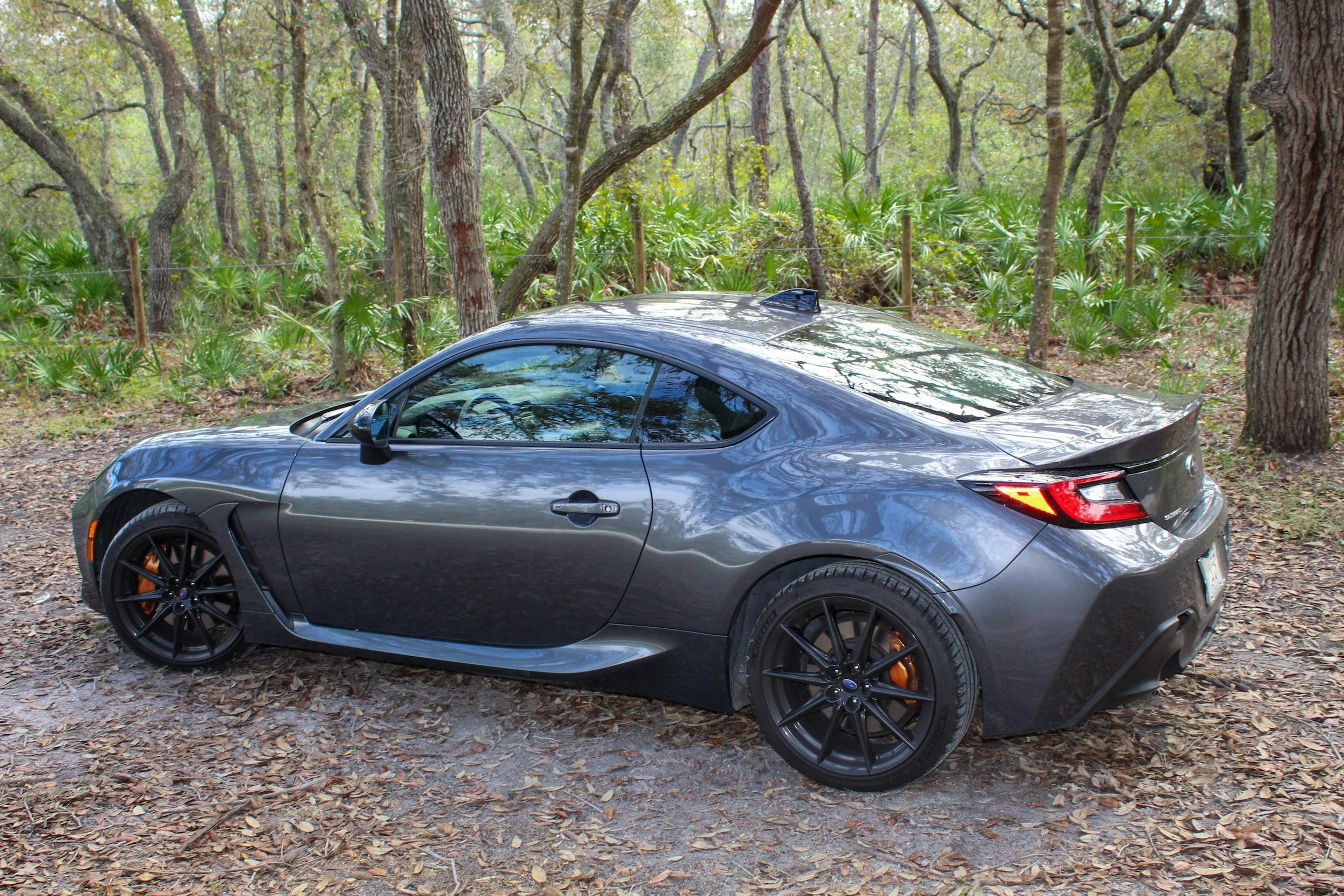
EE: All the performance upgrades for the Hakone are available as options on the regular GR86. With these editions, it’s all about the look. They don’t stand out as a truly marked improvement, they’re just an attractive version of the existing car. Which is fine! We sample a lot of ever-more-complicated vehicles, and with these two cars, and the small roster of affordable competitors, our staff’s gotten some breaths of fresh air in the form of simple fun.
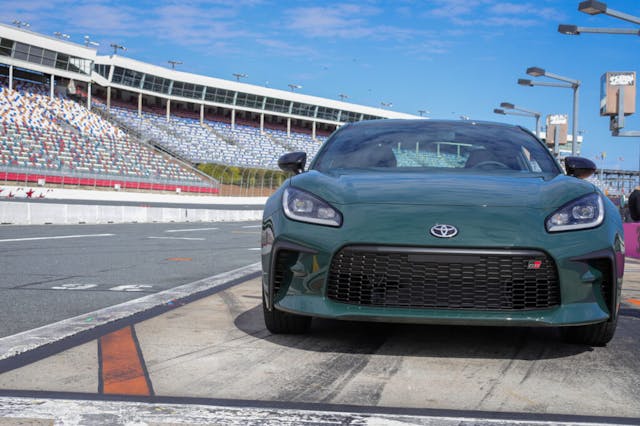
SCS: It’s kind of remarkable that these two cars are still in production, especially the way Toyota moved their version from Scion to Toyota, from the FR-S to the 86 to the GR86. Not a lot of brand continuity there. And I’m not sure the last time I saw an ad for either car. But they seem to find an audience large enough to keep them on the market.
Marketplace
Buy and sell classics with confidence
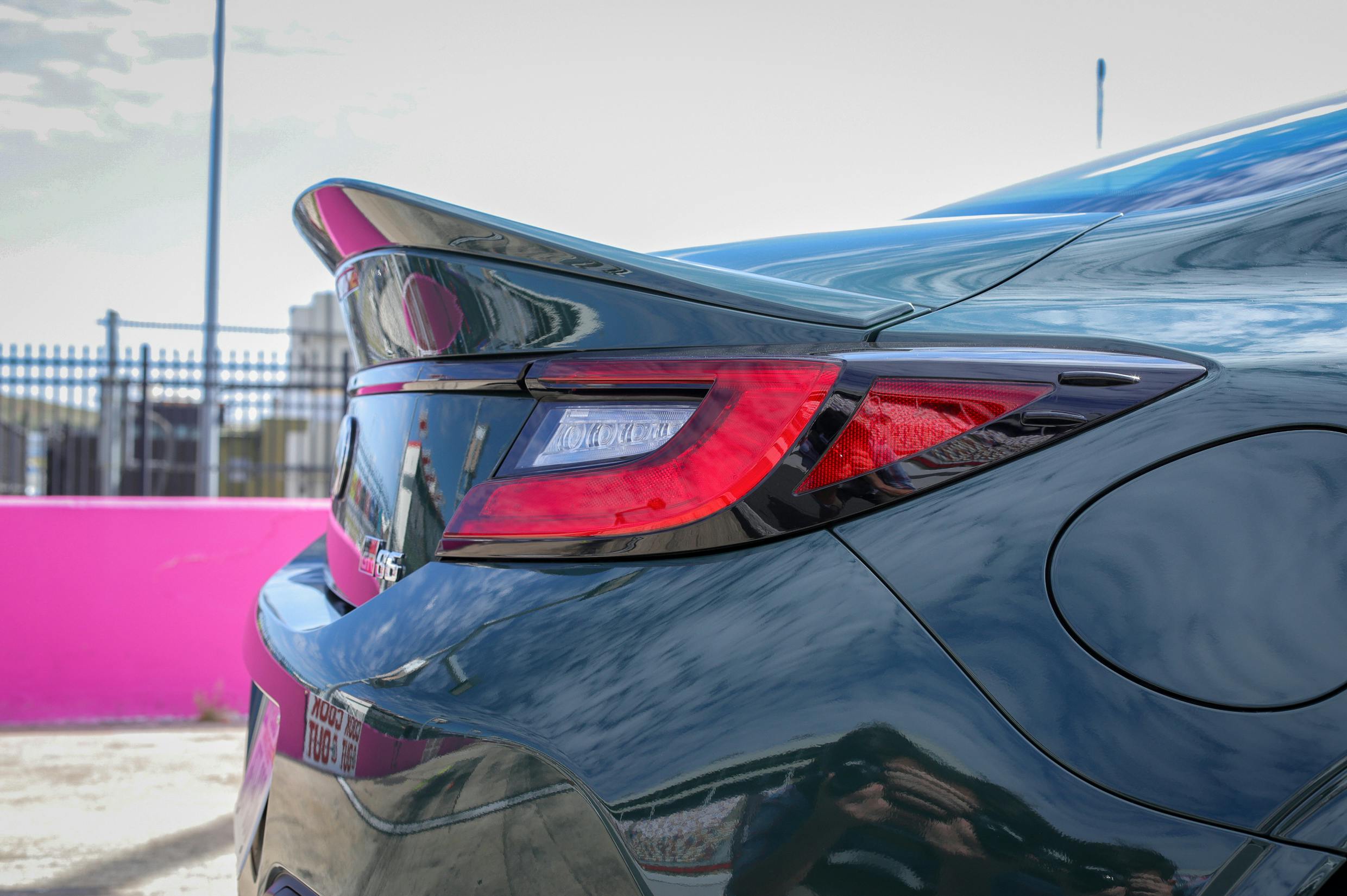
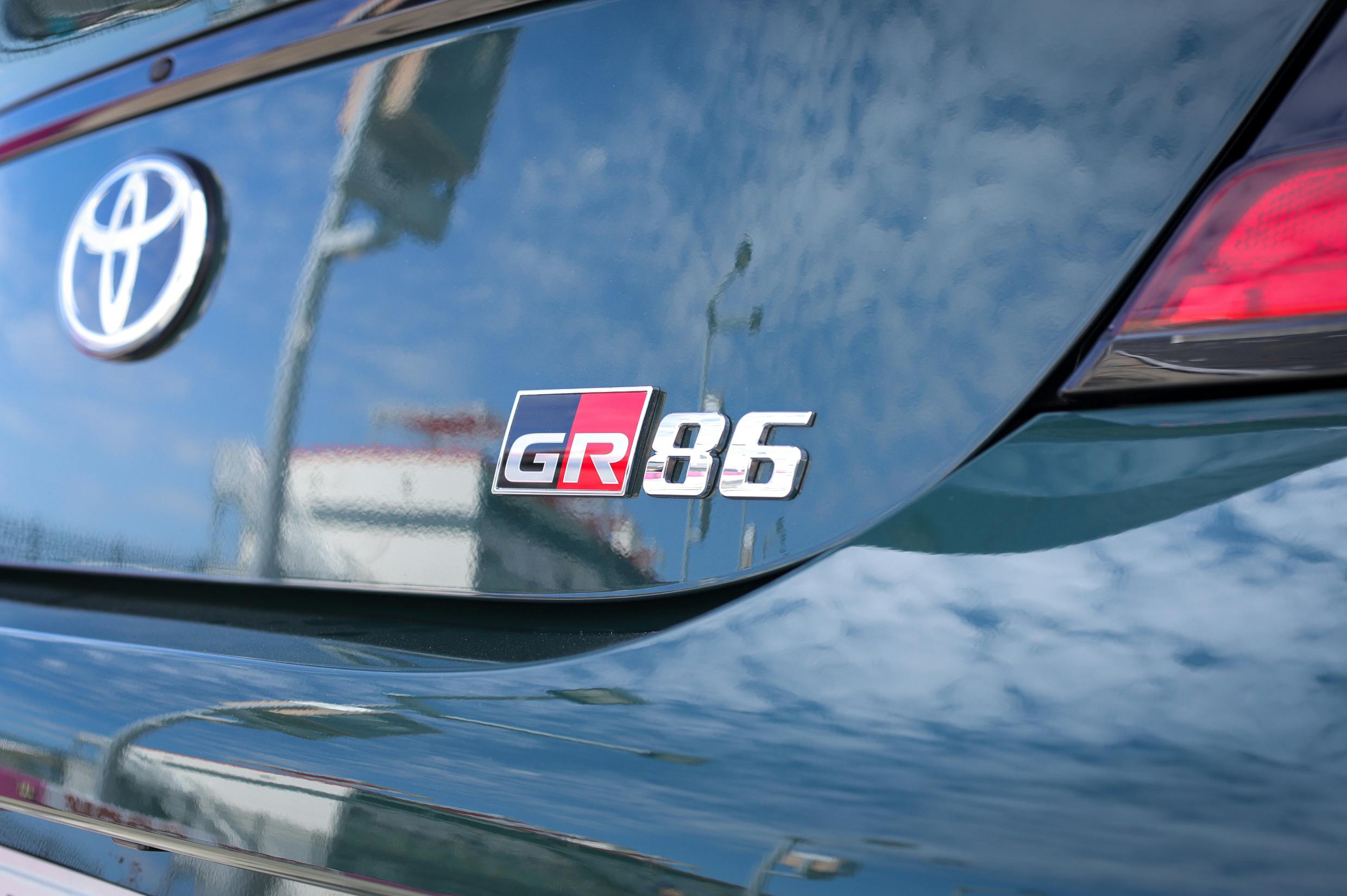
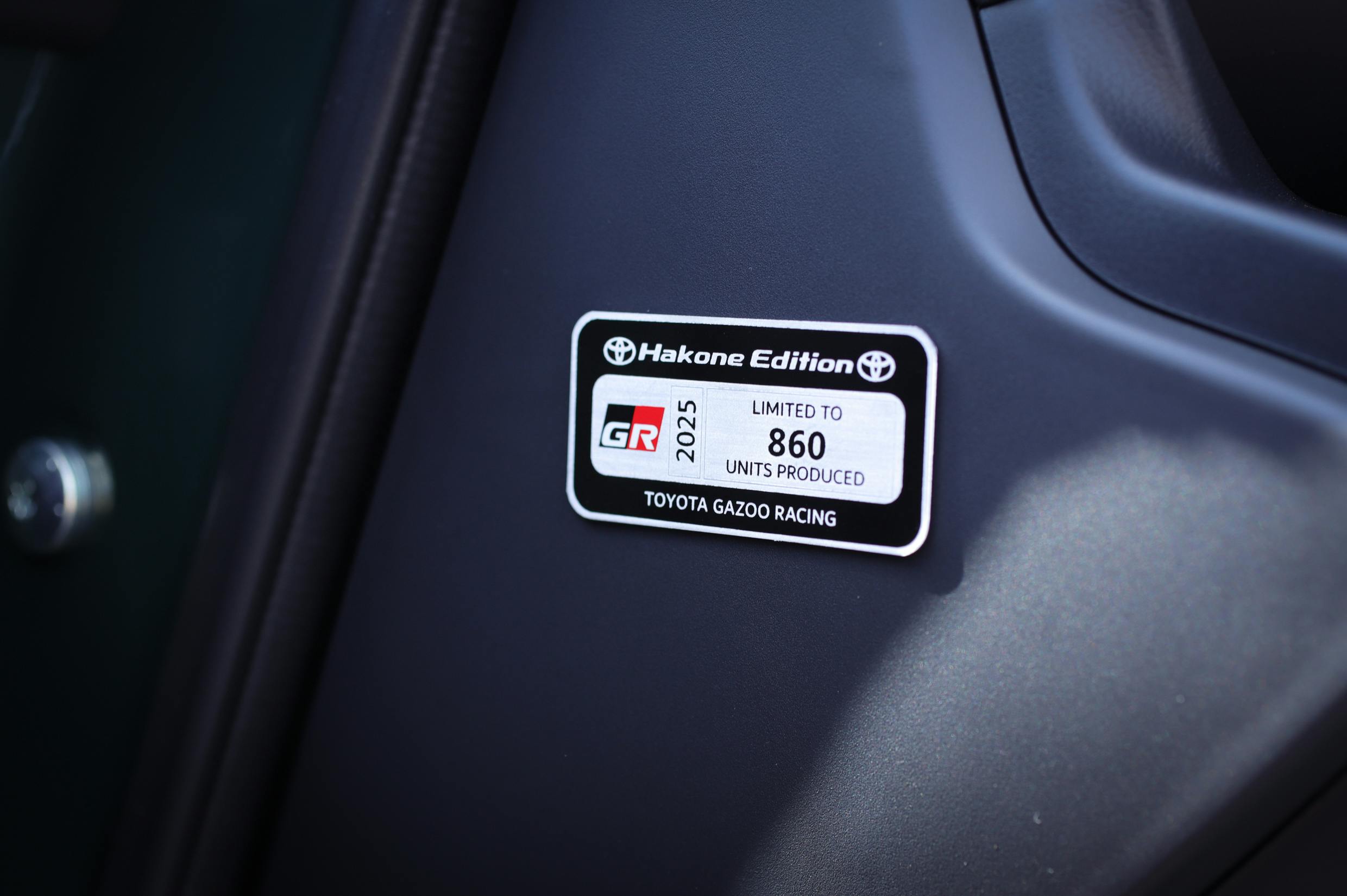
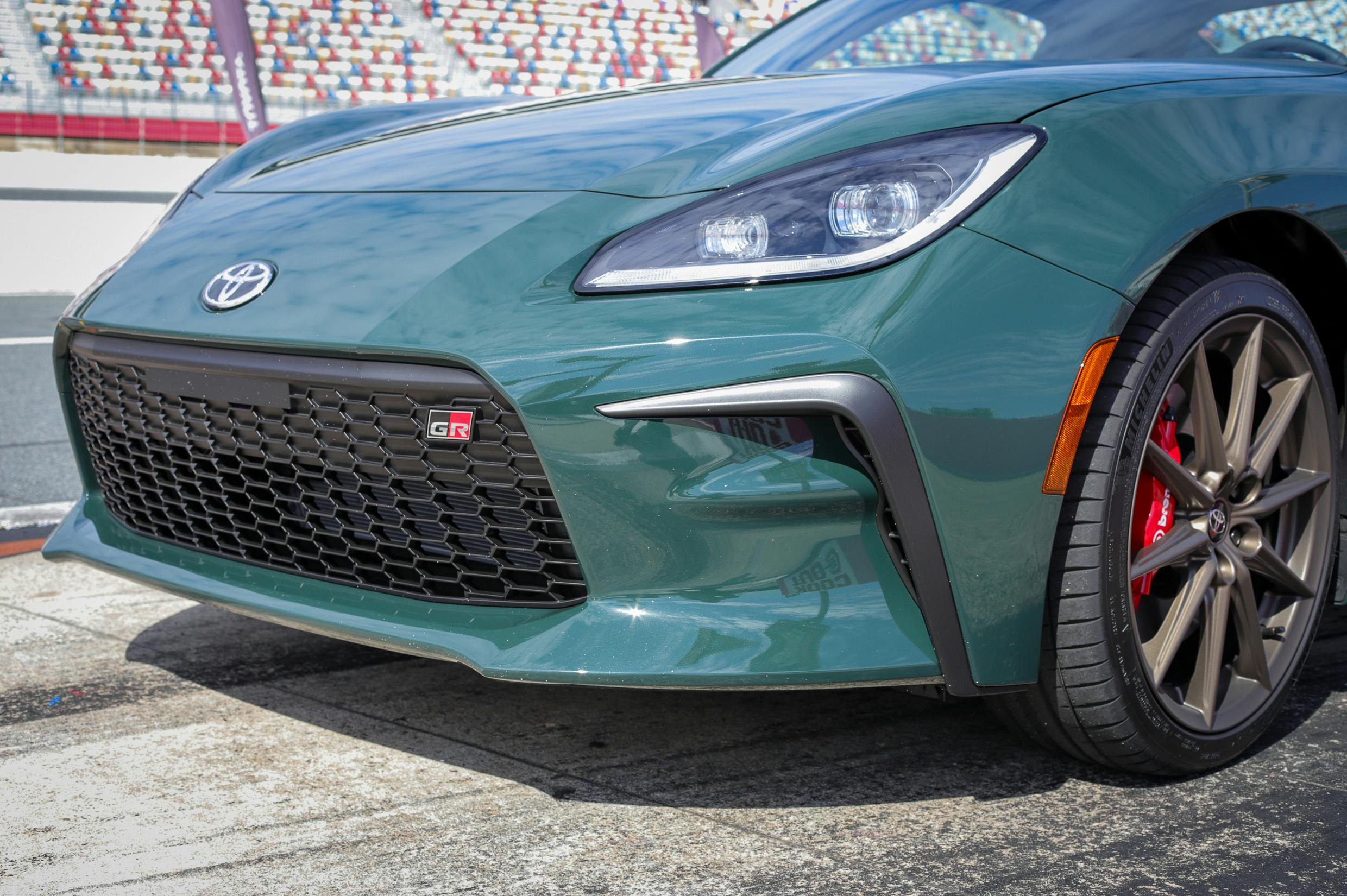
EE: There are a few anime ads that have been out in the last year or so for the Toyota, as part of Gazoo Racing. It’s a niche, but it’s part of the anime car scene—they aren’t mass-market ads, like ‘Come drive our latest sports car.’ I do think, and maybe this is more hope than reality, the push for Gazoo Racing, and bringing all their sports cars under this GR nameplate, suggests a real commitment to driving fun. But there are definitely changes in the constant since Scion folded.
SCS: The base price of the GR86 is $29,950, and the BRZ starts at $30,195. That’s without shipping. The closest competitor, the Mazda Miata, starts at $28,985. According to Kelly Blue Book, the average new-car transaction price in September was $48,397. Staying in that $30,000 range is pretty remarkable. After all, the Toyota GR Corolla starts at $38,860, and the Subaru WRX starts at $32,735.

EE: From what we’ve learned, the GR86 and the BRZ make money. Fewer Subarus get built because the company is busy churning out the contracts for the 86 for Toyota (both cars are built in the Subaru factory in Gunma, Japan.) If there’s a world in which market demands get met, and the company makes a profit, that’s a recipe for ongoing semi-affordable success.
SCS: As much as I love the Miata, the 86/BRZ cars are just more livable, especially as often as I have to drive Interstate 75. The Miata can get a little tiresome on long drives, especially in heavy, 18-wheeler-laden traffic. I know you’ve owned a Miata, and you race one now, so you may well disagree.
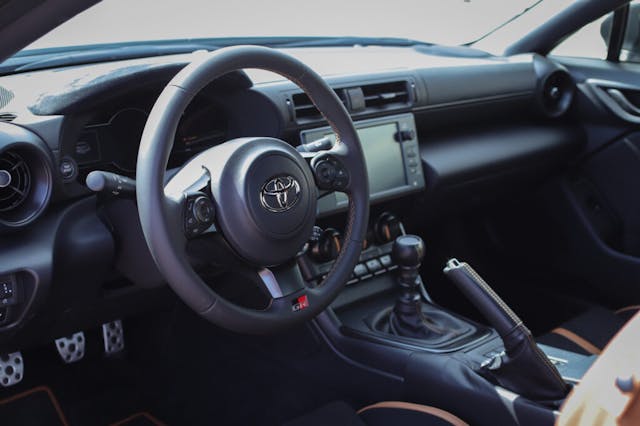

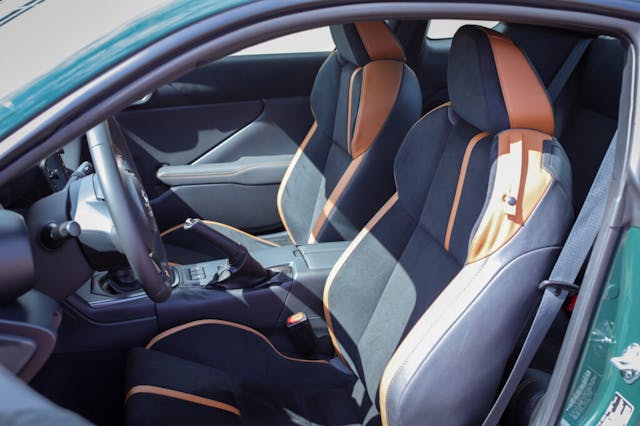
EE: No, I agree 100 percent that one of these two cars make a more livable daily than the Miata. It’s 2400 pounds, and while I am thrilled that Mazda’s still able to make such a small, lightweight car these days, it can be a little tight if it’s your only car. The 86 and BRZ offer 98 percent of the fun, with a little more elbow room, and room out back for weekend bags or groceries.
SCS: I tried to make a list of things I didn’t like about the Subaru. It’s short, but there are some. The cupholder requires a reach-around; the driver’s seat felt like they had forgotten the padding for the bottom cushion; I’m six feet tall with a 32-inch inseam—pretty average—and I had trouble finding a driving position that let me work the clutch to the bottom of its play, and still maintain as much distance from the steering wheel that I like. Plus, the driving position put my right knee in contact with the left side of the console, one reason I never bought an NA, first-gen Miata. But otherwise, this is pretty much the perfect car for me, aside from the fact that I ask people to avert their eyes as I try to clamber in and out. Not a pretty sight.
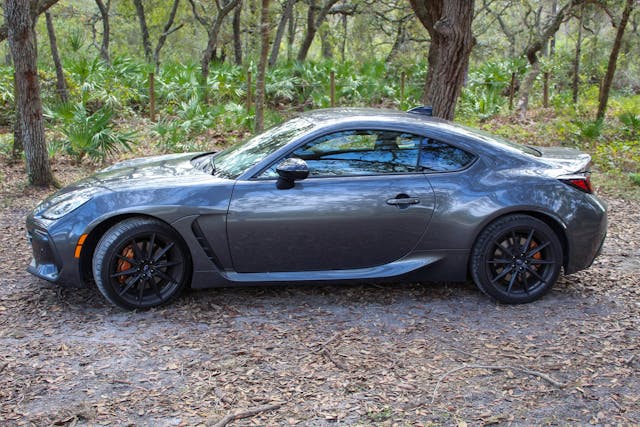
EE: I found the brakes in the 86 were a touch firm; it wasn’t bite, it was pedal feel that surprised me. It was almost older-Porsche like in its firmness and application. I’m not sure if the seats in the Hakone are different from the ones in the tS, but I found them to be really solid. They had just enough bolstering—they weren’t over-bolstered like so many Recaros are. To me it carried the theme that this car gets it right, without overdoing it. There’s nothing in these cars that scream, ‘Hey, look at me, I’m a sports car,’ and that’s the beauty. That said, when you’re sitting in the Hakone, there’s nothing front-and-center to suggest that it’s something special. It seems like for a few hundred dollars more, they could have added a leather dash or something that would make your outer view look like it’s representative of a special edition.
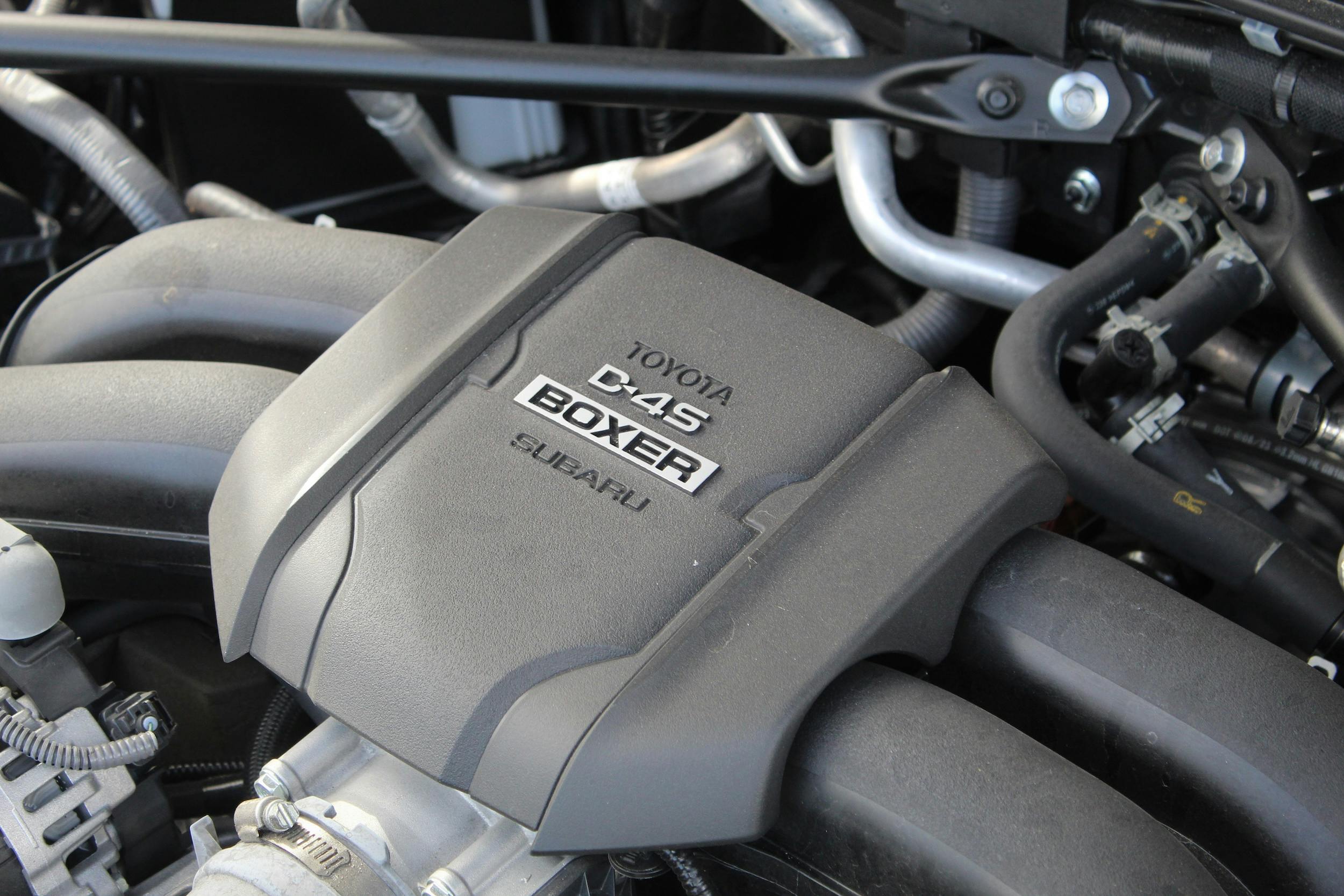
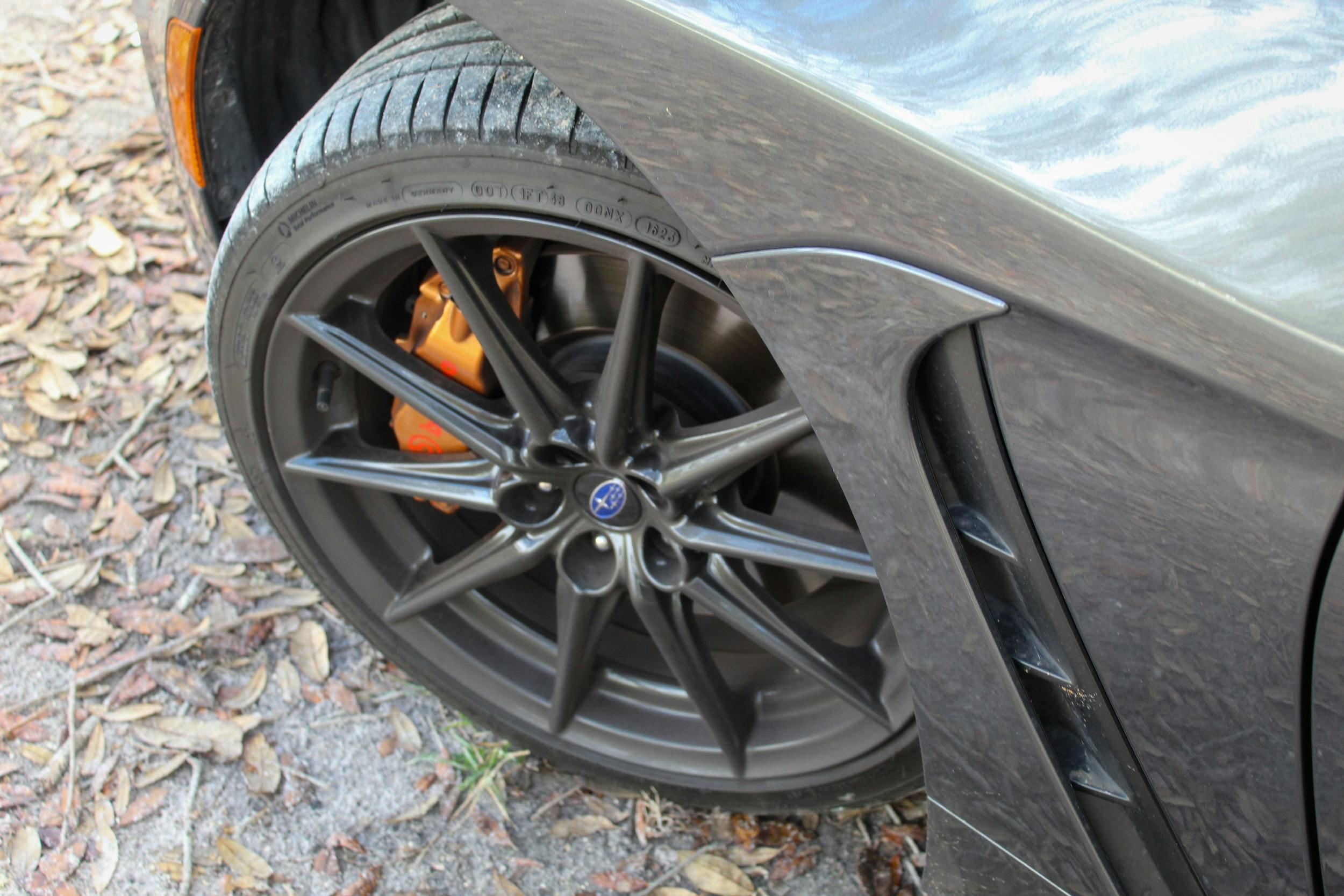
SCS: Though I got a lot of seat time in the Subie, you learn a lot about a car on a racetrack. I bombed through a couple of familiar-to-me 90-degree turns, but I never had the opportunity to reach, or exceed, the maximum. Tell me what that was like, what the car does or doesn’t do.
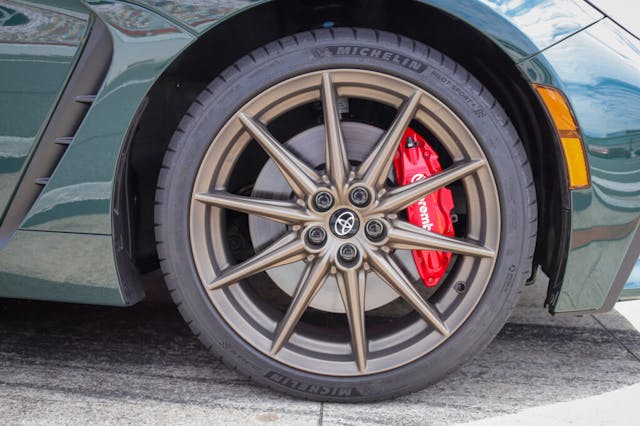
EE: The Hakone comes with Michelin Pilot Sport 4 tires—I asked about why they didn’t go with the grippier 4S. It was a deliberate choice to keep the threshold lower and make driving at the limit a bit more accessible. And as much of a grip person as I am—somebody who likes Hoosier tires—it was really refreshing to be able to get the front axle and the rear axle to kind of sing, just keeping a little delicate balance of hovering on the edge, finding the limit and having fun with it. It’s not about outright pace, but the clarity of what you’re feeling. That, they really nailed through all the controls.
SCS: The cars we drove were obviously the second-generation, which debuted for the 2021 model year. The biggest change maybe was the 2.4-liter boxer four-cylinder, up from 2.0 liters. That 2.4 has 228 horsepower and 184 lb.-ft. of torque. I think the increase made a substantial amount of positive difference in the cars, especially with the lovely six-speed manual transmission. Still, plenty of our colleagues complain that since Subaru has a 271-horsepower turbocharged 2.4-liter in the WRX, it should be available in the 86/BRZ. I like the unboosted, naturally-aspirated engine that’s in there, but I may just be getting old.

EE: People always talk about turbocharging this car and how that would be such a great thing. But I think this last engine revision covered its needs. It’s not that I don’t want more power, but I like the linearity of the power delivery. This chassis is best served with a naturally aspirated engine. The way the torque comes on so many 2.0-liter engines—so early and hard—doesn’t seem to fit the nature of this car.
SCS: One unlikely reason I appreciate these cars—you would never know from looking at one that it has four seats. It barely does, but they are there; you can squeeze somebody back there in an emergency, or you can do what I do, and just keep the seats folded down and you pretty much double the six square feet of space under the hatch. That makes this a pretty useful car—anybody who has tried to pack a weekend’s worth of stuff in a Miata or a Toyota MR2 or a Pontiac Solstice would appreciate the available space.

EE: I drove my Miata on the street for a couple of years before I turned it into a racecar, and even 23-year-old me had trouble finding room for the groceries I bought. For 28-year-old me especially, but even now at 44, this would be a very viable candidate for a sports car. It’s practical, without letting “practical” get in the way of its primary mission.
SCS: Closing thoughts, Eddy?
EE: I’d like to highlight the clarity of purpose of these cars. They’re not raw—all of the controls are precise, and communicate to a granular level what the car’s up to. There’s not a whole panoply of things you have to adjust. You just kind of get in and drive, and that seems to be a rarity these days. There’s a rabbit hole of personalization, but these cars speak to how impressive engineering is when you hit the mark and do it right.
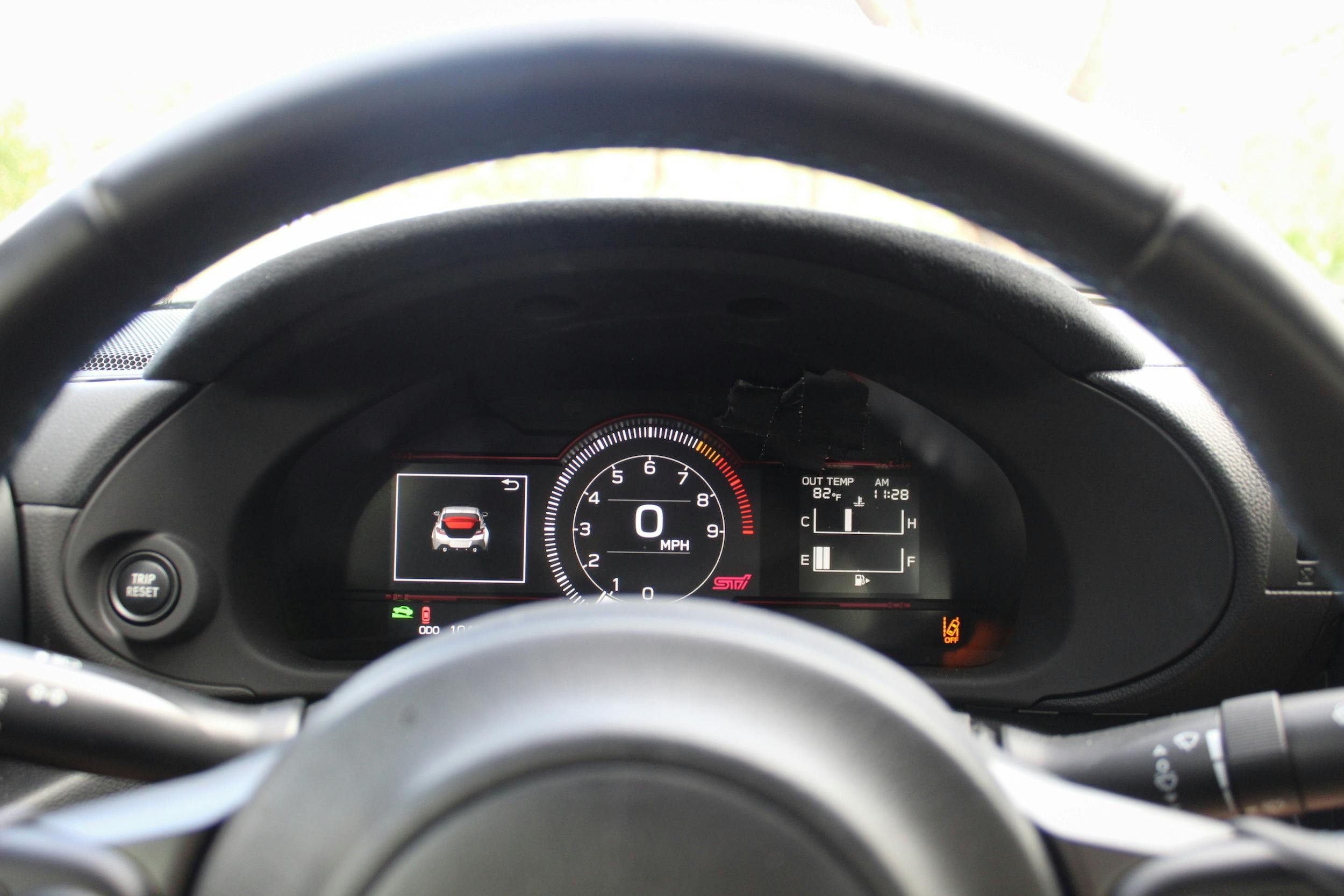
SCS: There was a lot of thought that went into this car that actually dumbed it down a little. The switchgear is excellent and a bit old-school; everything is where it should be, including the real emergency brake handle. One thing is clear: Enthusiasts put these two cars together.
EE: One hundred percent. They’re not chasing trends, and I think they know they don’t have to. It’s refreshing that they know the market, that they hit it, and that it seems to be working.

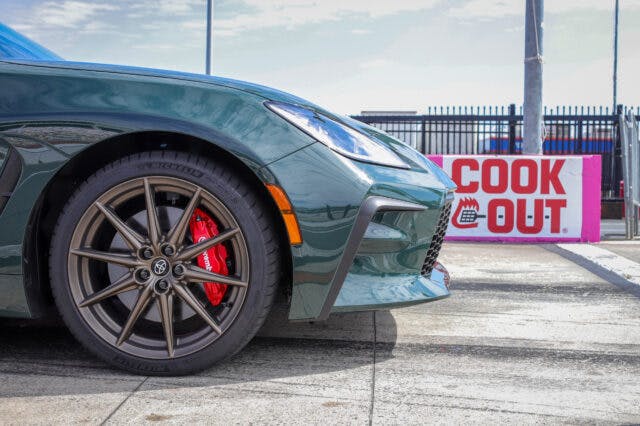
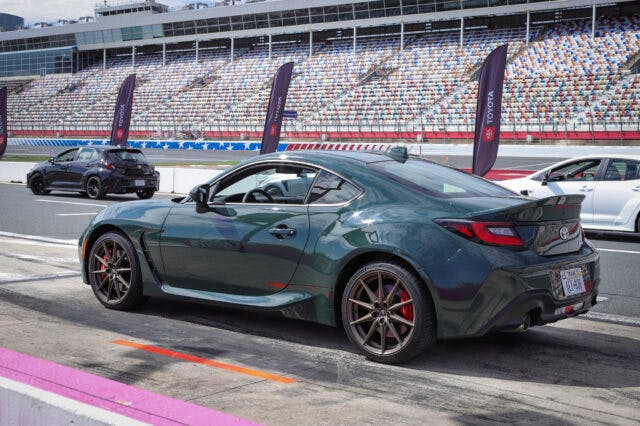
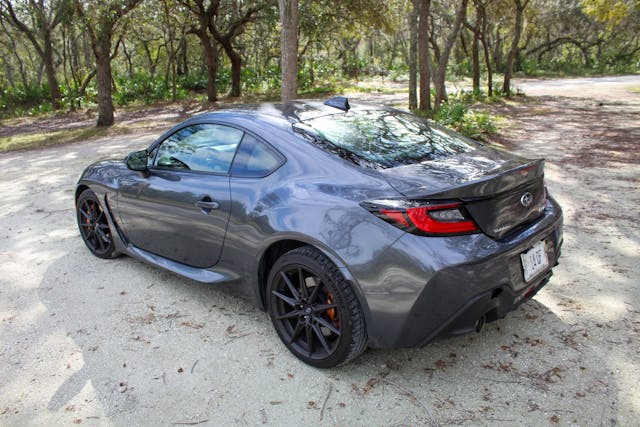








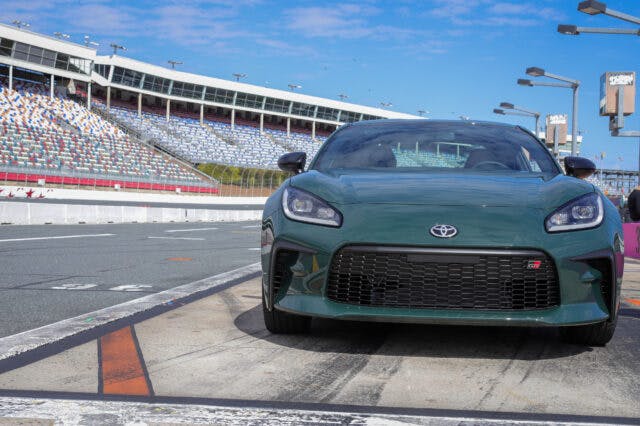






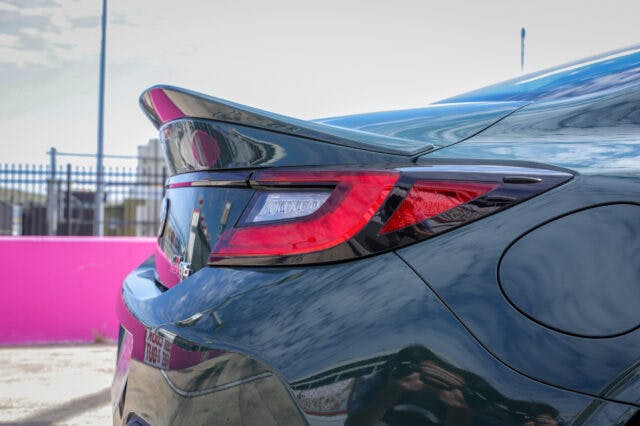
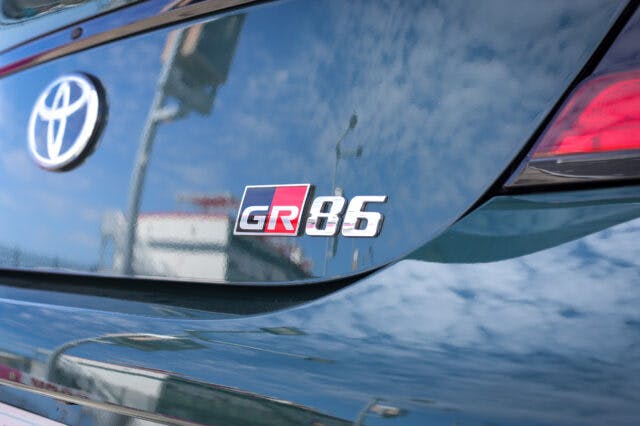
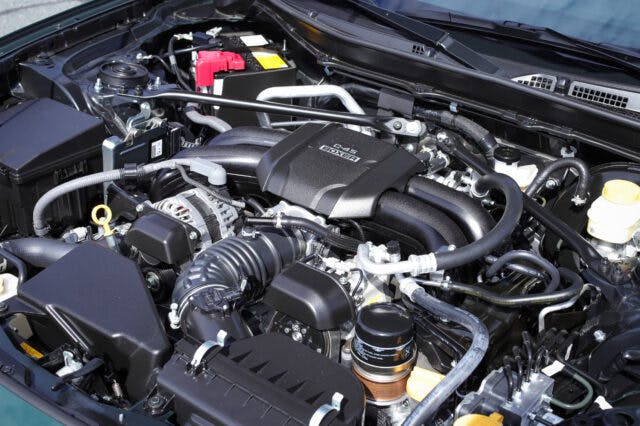

































Let’s face it most Asian designs are watered down merging of several other cars. Even their better efforts like the 240z were based on a Jag.
These are not offensive but not distinctive.
It took a while to get tge power they gave but it is finally here.
Weight is down, it is RWD, it is still a coupe in a market that is not supporting any of these at a lower price. So while I’m not going to rush out to buy I will be happy someone is still trying.
SCS, I also have a 32″-inseam and am 6’3″ tall. I have never had a car that I was more comfortable driving than my 2022 BRZ. My perfect setting is to have the seat raised all the way, back most of the way, and reclined at a fairly steep angle.
Thanks, EBL. If I was buying one, and I’d genuinely love to, I’d probably opt for the automatic, not because I don’t like that six-speed manual, but because of the frequency I get into stop-and-go traffic, combined with a bum clutch knee. From day one I’ve loved these cars — they are perfectly suited to my driving style, I like the way they look, and if they were offered with a removable roof panel, they’d be near perfect!
They are great driving cars. Too bad price creep and inflation have made these things go into another price bracket as time has passed. I still have my concerns with engine reliability and the excessive gasket issue in the oil pan.
I believe this is the best option for a young person wanting a fun car sport car with a manual! My son keeps telling me this is what he wants for his 1st car! He’s 10, so they will be a good used car when he starts driving.
I’ve got 4800km on my 24 BRZ. i did 3200km trip to Duluth averaging 44mpg at 50-75mph. A firm ride but nicely damped and the throttle and steering response are great. Reasonably quiet. I agree with the hard seat bottom, the hard feeling brake pedal and the right knee left console issues but the joy of driving it surpasses those issues. My only complaints are a rather quick tip in of throttle going into second gear and the response of the cruise control and autobrake functions being somewhat lazy and overcompensating on the former and the recovery to normal cruise being somewhat abrupt. I like the cruise auto returning when you shift gears heading out of town but don’t like it when downshifting for a slowdown and it wants to continue to accelerate. Not like any of the other cars I’ve owned in that respect. I’m learning to cancel cruise prior to braking but wish the controls were on the steering wheel like all the other cars I’ve had. Still learning all the electronic gizmos but if you want fun per dollar you need to get one of these before they stop producing them. A simple car with more than adequate capabilities that satisfies my needs for fun in a car.
What keeps the 86 from selling in larger numbers is, The high price “with a few options”, and the poor fuel economy. Some people can live with one of these issues but, both, is a hard sell for most. Local dealer had one, and it sat for months. The sales staff said the car couldn’t justify the price. Despite an almost constant procession of lookers and interested persons, It received mainly head shakes and slack jaws after reading the window sticker. Me being one of them.